An Architecture Through
A Plant's Eye View
From the human point-of-view, we are the dominant species on the planet. We are not being domesticated; we domesticate other species. However, what if this idea is nothing but a self-serving fantasy and plants have been domesticating us all along, getting us to do what they cannot do themselves? The thesis explores plant’s sovereignty over humans as Michel Pollan theorises in the Botany of Desire by creating architecture through the lens of plants. Along with the Posthuman theory, the thesis questions the current roles that humans and plants play in society, by elevating the priorities and desires of plants in the Posthuman.
The design sets itself in Singapore’s Garden City as a shift from the Anthropocene. The Garden City model crafts a controlled and managed utopian state of nature as an idealised way to exist. The state’s curation of nature is a process selection and discrimination of plants that meet human-centric criteria. The thesis studies plants that do not qualify for the Garden City image but have proven then adaptability and versatility with human’s detrimental actions, creating their own intimate and mega versions of spectacles. The thesis aims to work against Singapore’s City in a Garden rebranding by speculating a radical approach of Botanical Architecture by allow plants to control and take over the architectural design. Plants would be able to grow and exist as they intend to, creating its own architecture as nature gradually regains its rights over urban spaces. This is by no means a pessimistic end of the world type vision, but rather a vision where the freedom and unpredictability of nature has supplanted the hierarchy of the state and its people.
w h e r e | Singapore
w h a t | Facade Design
Plants Control Humans
based on The Botany of Desire by Micheal Pollan
From the human point-of-view, we are the dominant species on the planet. We are not being domesticated; we domesticate other species. However, what if this idea is nothing but a self-serving fantasy and plants have been domesticating us all along, getting us to do what they cannot do themselves. The Botany of Desire by Michael Pollan explores this from the plants’ perspective, delving into the reasons behind human decisions and obsession. He explains the “The Dance of Domestication” through four species of plants; The apple, tulip, potato and marijuana. He writes about how plants have used humans to their benefits to ensure their survival by doing what they cannot do for themselves; to move, and the repercussions when humans try to control plants to suit capitalist and consumerist ideologies.
The thesis aims to explore plant’s sovereignty over humans as Pollan suggests. What if buildings or even cities were designed through the lens of a plant? To allow plants to shape and control spaces would mean to give flora at large a radically different standing in architectural design than it has today in the Anthropocene.
The Garden City Expliots
CLEAN, GREEN, BEAUTIFUL
Curated Nature In Its Most Idealised Form
Curated Nature In Its Most Idealised Form
Singapore’s Garden City vision as always been the governing factor when developing its land scarce city. Its Green City Brand has been long established by former Prime Minister and Founding Father Lee Kuan Yew, who believed that cleaning and greening up the city was a top priority for Singapore’s long-term independence and global recognition. The Garden City brand has been based on models of curation, perfecting the constructed state of nature that ought to be in order to happily coexist with a human centred lifestyle. The state crafts a controlled and managed utopian state of nature as an idealised way to exist, design and manage a Green City Brand – Clean, Green, Beautiful. The thesis aims to achieve the contrary; to allow nature’s sovereignty over the state by allowing plants to create and craft spaces, thereby controlling the people.
Images :
1. Kallang, Singapore, 1912, from A Guide to Tree Planting (Singapore, 2015)
2. © 2020 Manuella Scully (A Herbarium of the Garden City)
3. Robert Zhao Renhui, The Substation Banyan Tree awaiting translantation, 2014, in Very Old Tree exhibition (National Musuem of Singapore, 2020)
1. Kallang, Singapore, 1912, from A Guide to Tree Planting (Singapore, 2015)
2. © 2020 Manuella Scully (A Herbarium of the Garden City)
3. Robert Zhao Renhui, The Substation Banyan Tree awaiting translantation, 2014, in Very Old Tree exhibition (National Musuem of Singapore, 2020)
The Garden City Weeds Out
UNWANTED & UGLY
Selection and Discrimination of Plants
Selection and Discrimination of Plants
The Garden City model discriminates against plants that do not fulfil its standard of beauty and manageability. The state’s curation of nature is a process selection and discrimination of plants which then decide their eligibility to be part of the human ecosystem. The plants that qualify are then exploited at their will to meet the desires of humans. Thus, the thesis studies plants that do not qualify for the Garden City image and are thus oppressed. Along with the changing ecosystem, the thesis also studies plants in South East Asia that have proven then adaptability and versatility with human’s detrimental actions. They create their own versions of intimate and mega spectacles that oppose the current state’s version of nature spectacles as mega human-centric structures. These plants are often overlooked and seen as a nuisance, thus voiding their existence. Overtaken by the forces of nature yet still remaining traces of human intervention, the thesis aims to find a new kinship between plants and humans as such.
. . . Weeds dont exist in the wild
© 2020 Manuella Scully (A Herbarium of the Garden City)
View the entire film collection here
. . . Nature has had her day;
she has finally and utterly exhausted the patience of sensitive observers by the revolting uniformity of her landscapes and skyscapes . . .
she has finally and utterly exhausted the patience of sensitive observers by the revolting uniformity of her landscapes and skyscapes . . .
Posthuman Architecture
ENVIRONMENTS FOR THE ‘OTHER’
Questioning the Roles of Plants and Humans in the Anthropocene
Questioning the Roles of Plants and Humans in the Anthropocene
In order to combat climate change and the degradation of the ecosystem, the thesis aims to apply the Posthuman theory to architecture. The thesis seeks to question the current roles that humans and plants play in the society, contrary to the current human-centred way of living. This elevates the importance and priority of plants over the needs and desires of humans, given that these measures are necessary for the environment and therefore for the better of mankind. A future of coexistence goes beyond the human perception of the perfunctory beauty and superficial functions of a plant that the Garden City model has been based on.
The thesis aims to work against Singapore’s City in a Garden rebranding by speculating a radical approach of Botanical Architecture beyond the current state’s controlled version of nature. Plants would be able to grow and exist as they intend to, creating its own architecture as nature gradually regains its rights over urban spaces. This is by no means a pessimistic end of the world type vision, but rather a vision where the freedom and unpredictability of nature has supplanted the hierarchy of the state and its people. Plants are free to do as they please, controlling their own fate and creating spaces for humans, forming new kinships.
From Cracks to Mega Spectacles
… nature gradually regains its rights over urban spaces
… nature gradually regains its rights over urban spaces
Architecture as a
Host Tree
existing as a framework for plants to establish, overtake and control.
A Bio Responsive and Generative Facade
From exterior to interior building-facade engagment
__________
Bio-Design
Swarm Intelligence
To design through a plant’s eye view, the architecture seeks to learn from plants through a method of swarm intelligence, which is an algorithm that mimics the biological growth and behaviours of organisms. The intent is to establish a new language to communicate with nature through design.
[ Swarm Intelligence created by © Culebra plug in © Rhinoceros Grasshopper ]
__________
Material Development
Green Concrete
Developing a new concrete material that is more habitable for plants in urban cities,
inspired by spontanous growth in cracks of walls.
Material Development and Testing Study
Increasing Concrete’s Water Retention Capacity
- Using Water Retaining Mediums -
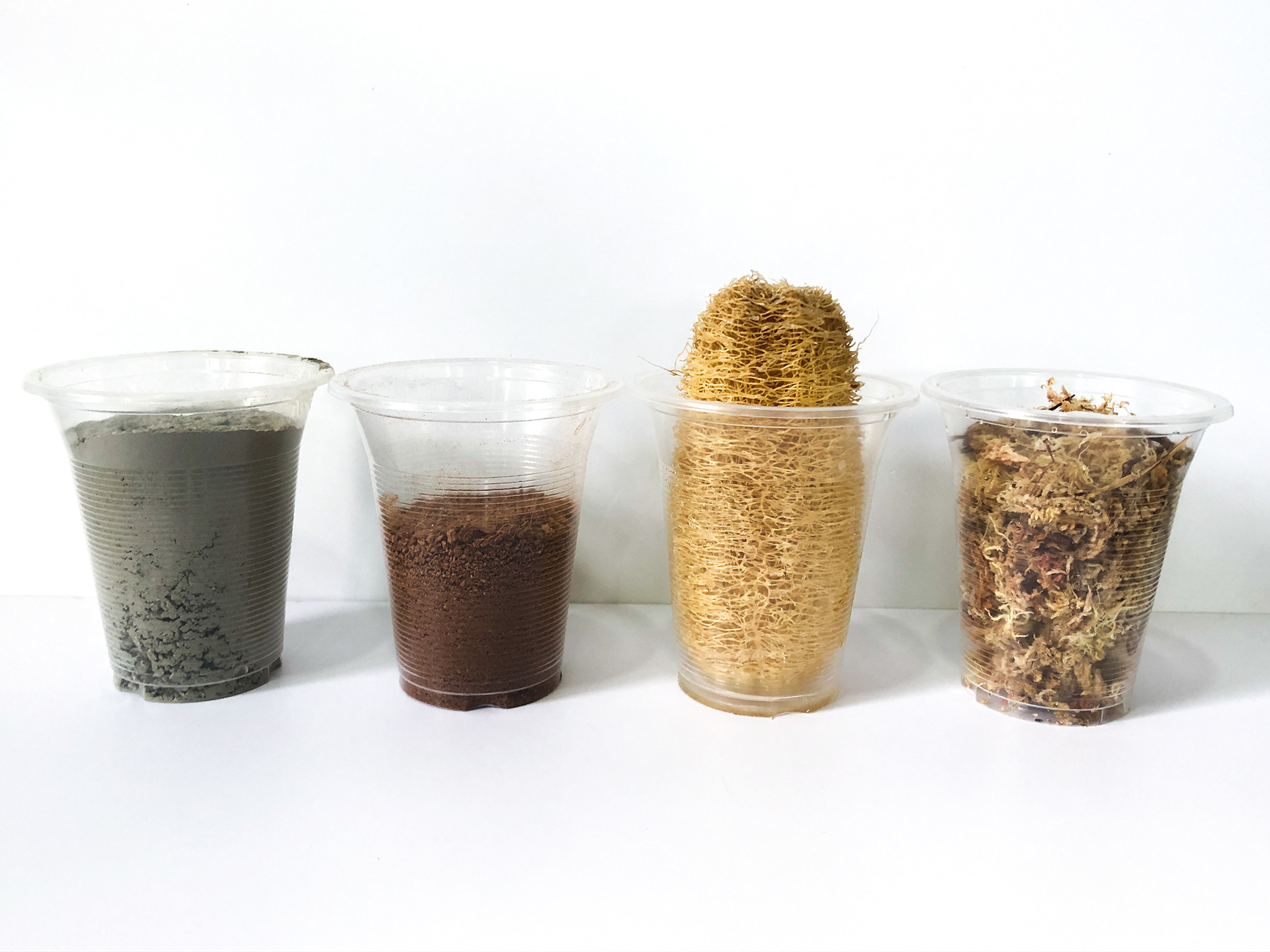
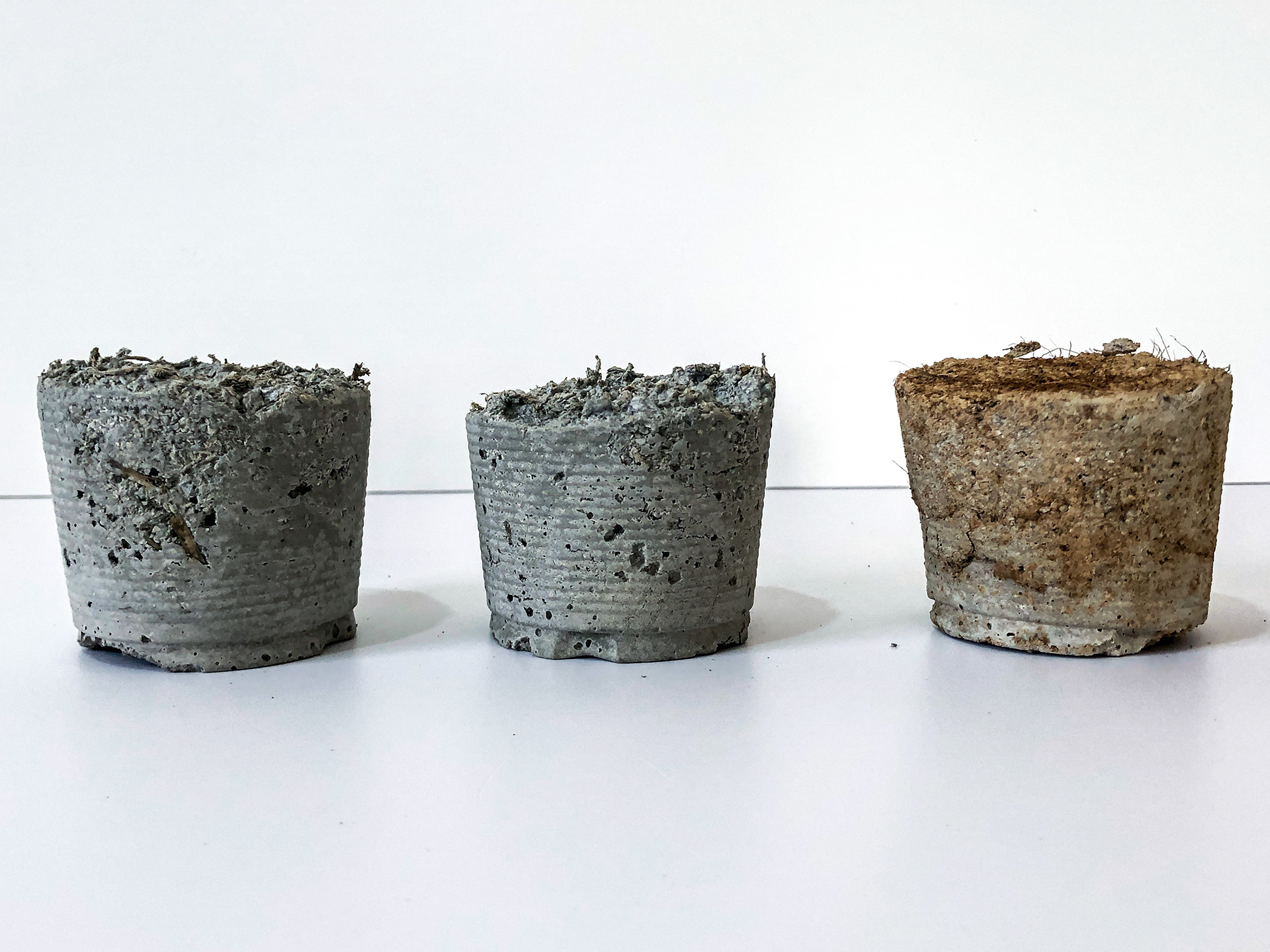
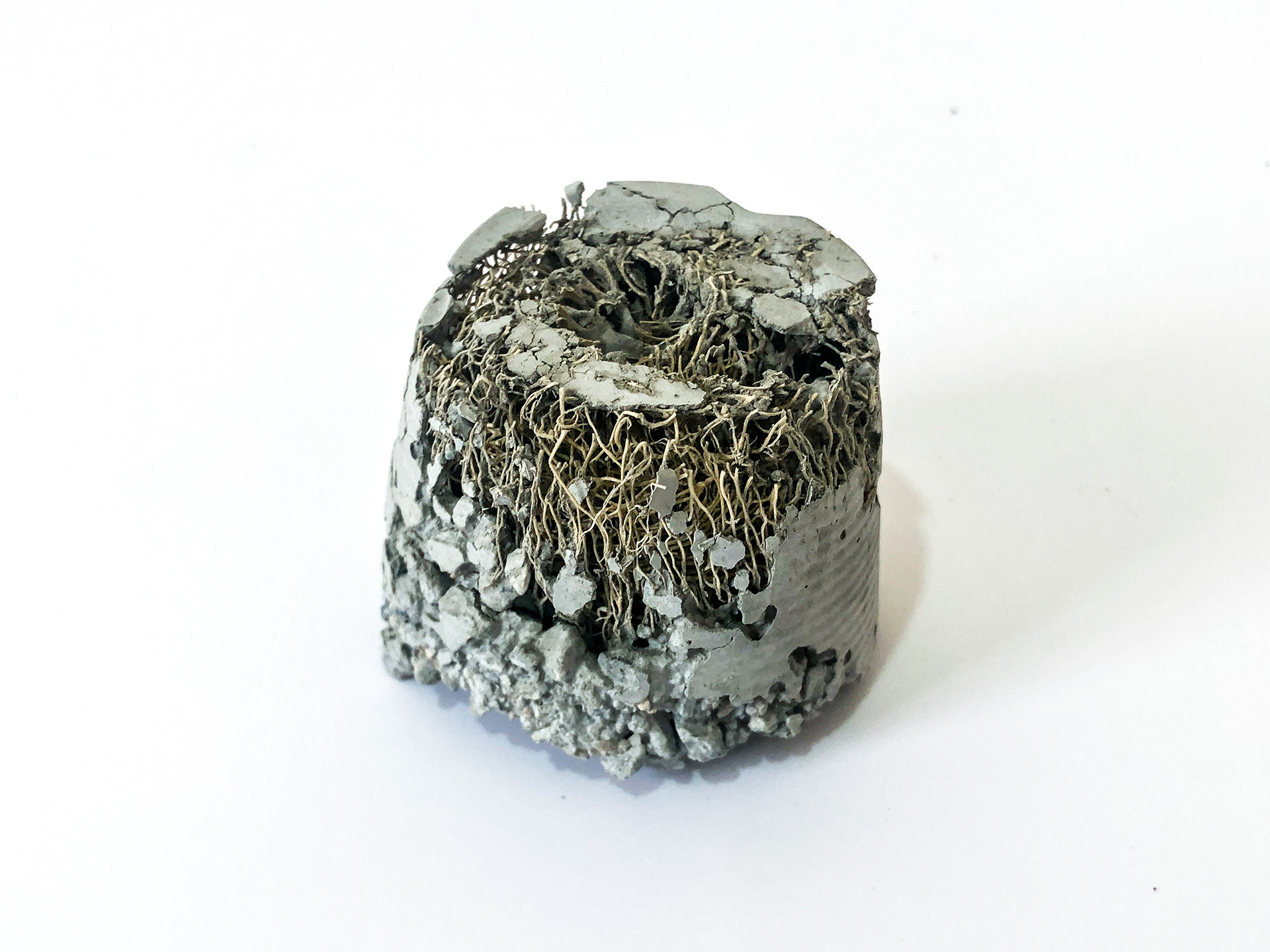
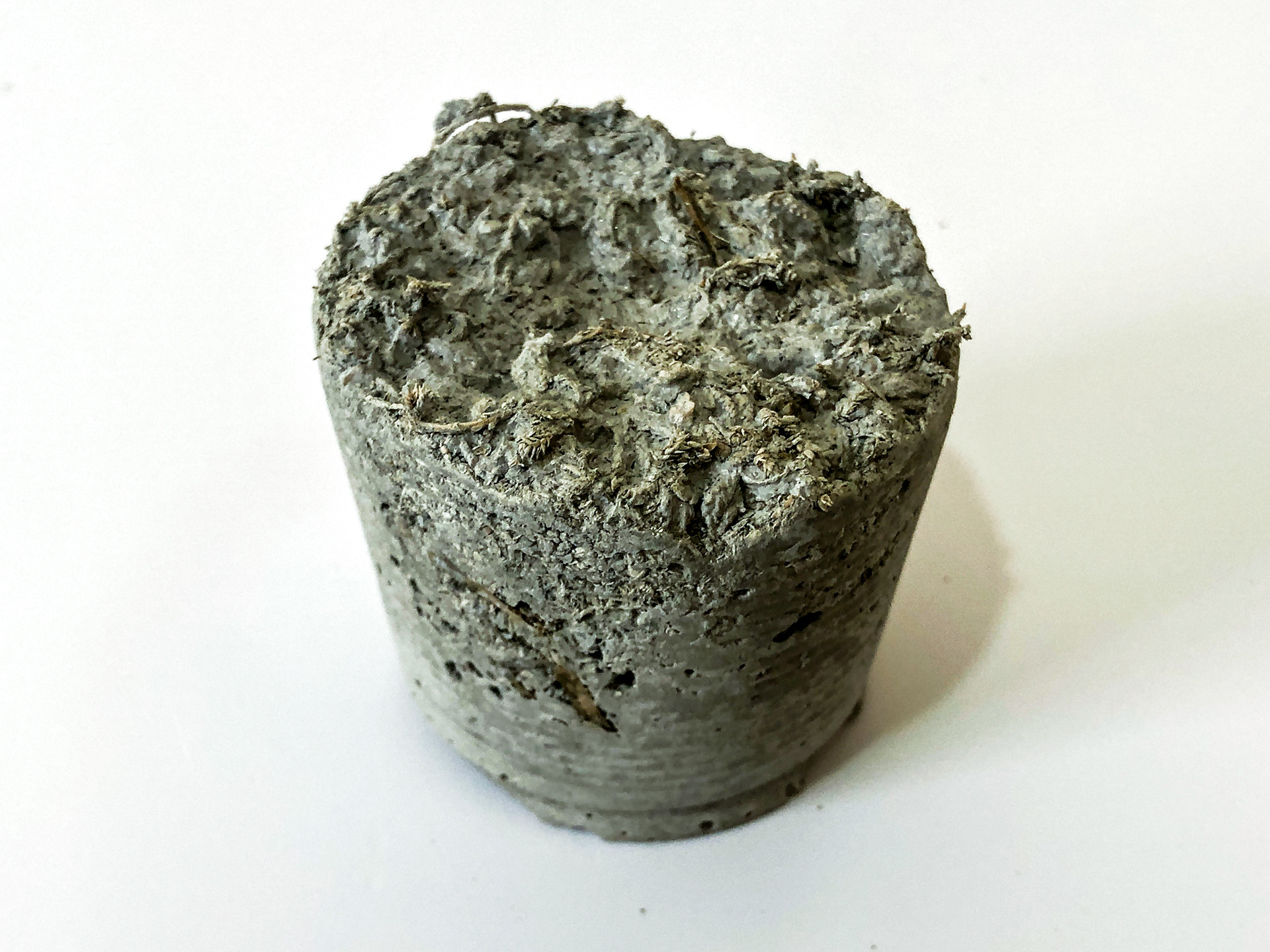
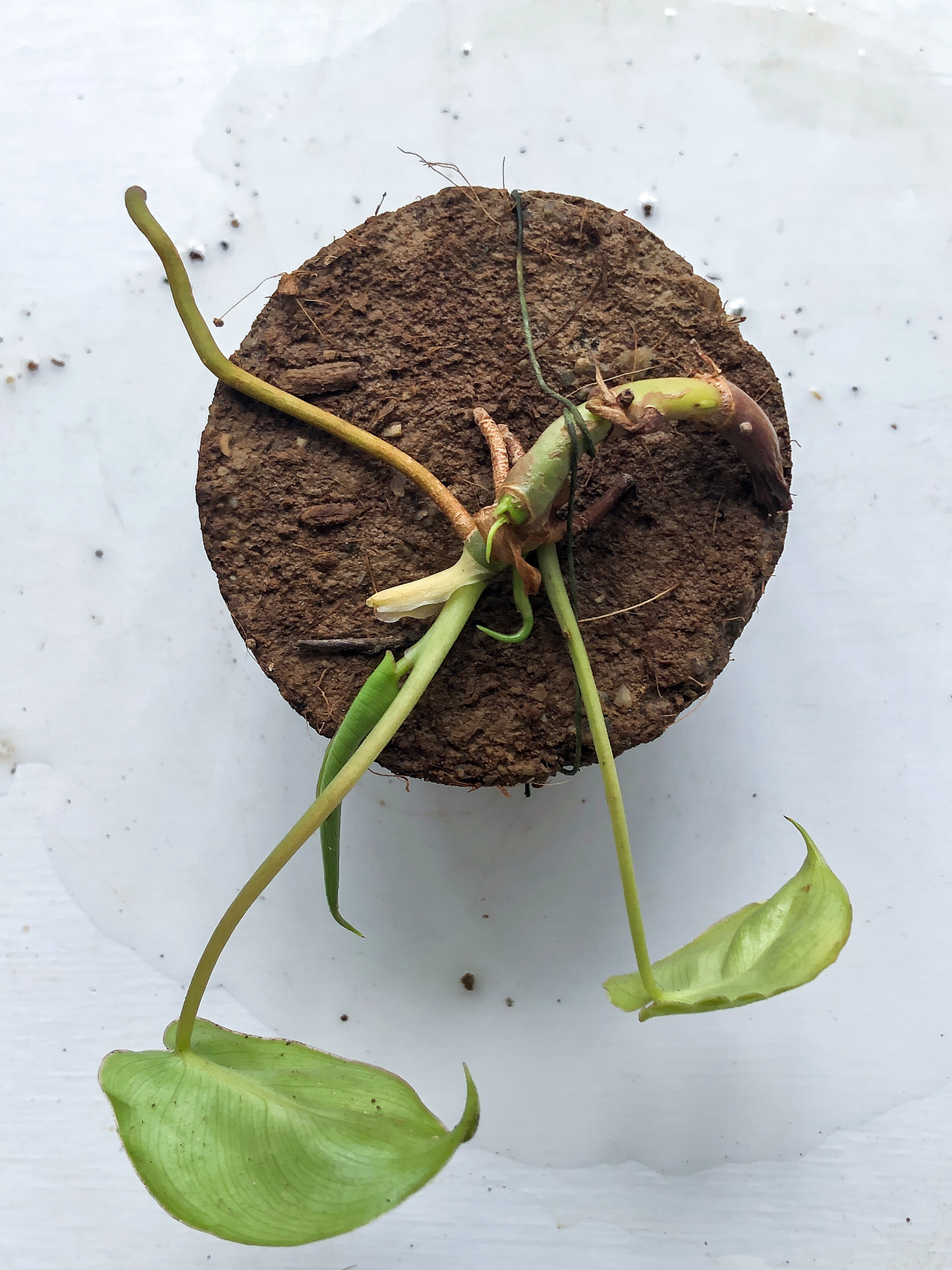
The nature of the concrete makes it biodegradable and nutritional. This means that over time, the façade could wear and tear, decay in places. The fallen material could decay as fertiliser in the ground or among the facade, returning nutrients to the plants and earth, creating a loop in the life cycle of the façade and being more sustainable for the earth.
















